|
One of the big questions about the Beis Hamikdash is where the Beis Hamikdash was on Har Habayis. The Mishna (Middos 2:1) says Har Habayis was five hundred amos by five hundred amos, and the Azarah was farther away from the south wall than from the east, farther from the east than from the north, and the least space was in the west. The meforshim give different numbers to explain this, but they are all random numbers, not saying that this is how it was. (The Tosfos Yom Tov says 250 in south, 213 in east, 115 in north, and 100 in west. The Tiferes Yisroel quotes the Shiltey Hagiborim who says 265 in south, 250 in east, 100 in north, and 63 in west.) It would seem that we could get a pretty good picture of where the Azarah was, but there is a big problem, Har Habayis, how we see it now, is bigger than five hundred amos. As it is now, the south wall is 584 amos, the east wall is 968, the north wall is 659, and the west wall is 1013 amos. (I am using Rav Avraham Chayim Na'eh's amah, which is 18.95 inches or 48 centimeters.) The answer to this question is that Yosifun writes (War of the Jews 5:5:1) that king Hurdus (Herod) expanded Har Habayis. But the question is, where in this big area was the original five hundred amos, which only that part was sanctified with the Kedusha of Har Habayis, and where in there was the Azarah? There are four opinions how to answer this question. To understand these different opinions, I am going to give an overview of how Har Habayis is today. Har Habayis is a trapezoid, approximately 1,000 amos long, and 600 amos wide. In the middle is an elevated platform approximately eight amos (3-4 meters) higher than the rest of Har Habayis. It is 104 amos from the west wall of Har Habayis, 229 amos from the east wall, 269 amos from the north wall, and 375 amos from the south wall. The east wall of the platform is 340 amos long, the north wall is 333 amos long, the west wall is 352 amos long, and the south wall is 269 amos long. None of these walls, or the walls of Har Habayis, are aligned with east-west-north-south, besides for the east wall of the platform. In the middle of the platform is a rock that protrudes up approximately four amos. it is thirty seven amos from north to south, and twenty seven amos from east to west. In the southeast corner of the rock is a cave that you go down steps to reach. This cave is fourteen amos by fourteen amos, and 5-3 amos high. Over and around the rock is a mosque, The Mosque of Omar, named after the caliph who first held Muslim prayers there, it is also called the dome of the rock. The mosque has a big dome on top, over the rock. On the south edge of Har Habayis is another mosque, the Al-Aksa mosque. In the north-west corner of the platform is a small dome supported by pillars. Under it, according to some, the bedrock of the mountain is visible (other people say it is stone tiles). This dome is called "the dome of the spirits". In the next post I will im"h go through the different opinions where exactly the beis hamikdash was.
0 Comments
Leave a Reply. |
Website updatesI have added a new lego model of the Third Beis Hamikdash, with pictures and a video in the lego gallery. Categories
All
Archives
February 2024
AuthorMy name is Mendel Lewis. Hashem said to Yechezkel, "Its reading in the Torah is as great as its building. Go and say it to them, and they will occupy themselves to read the form of it in the Torah. And in reward for its reading, that they occupy themselves to read about it, I count it for them as if they were occupied with the building of it. (Tanchuma tzav 14) |
- Beis Hamikdash posts
-
sources
- Mishnayos Middos >
- Gemarah
- Rambam >
- Rishonim
- Sha'alos Uteshuvos HaRaDVaZ
- Shiltey Hagibborim
- Ma'aseh Choshev
- Chanukas Habayis (both) and biur Maharam Kazis on middos
- diagrams >
- Tavnis Heichal
- Be'er Hagolah
- Binyan Ariel
- Shevet Yehudah
- other
- Braisa D'Meleches Hamishkan
- Third Beis Hamikdash sefarim
- from Josephus-יוסיפון >
- קובץ מעלין בקדש
- Kuntres Klei Hamikdash
- Gallery
- videos
- 1st Beis Hamikdash
- 3rd Beis Hamikdash
- virtual walkthroughs
- 3d models
- Lego Gallery
- diagram of Mizbeach
- contact
Proudly powered by Weebly

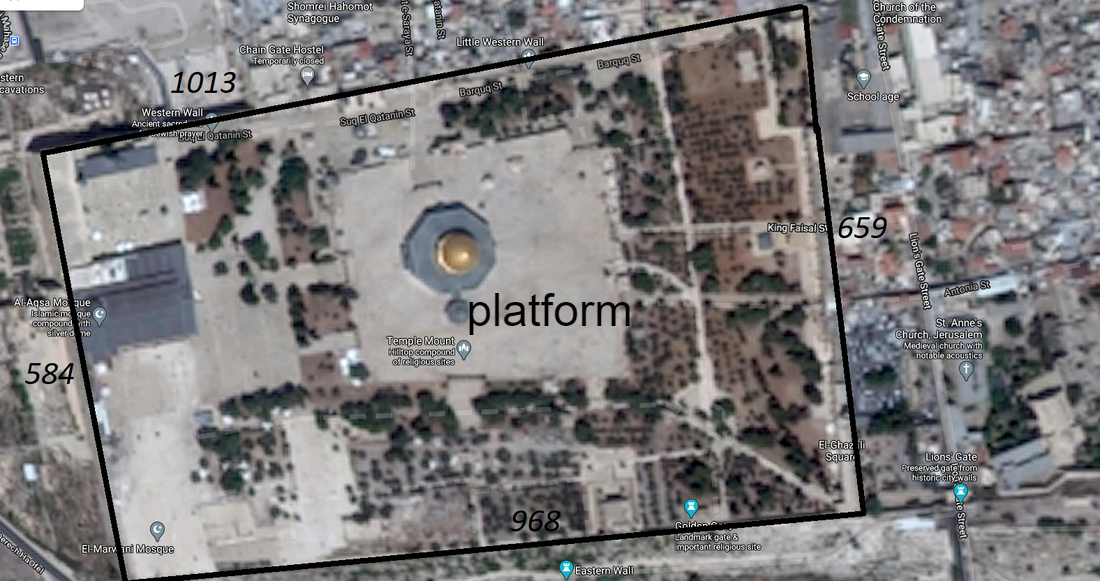
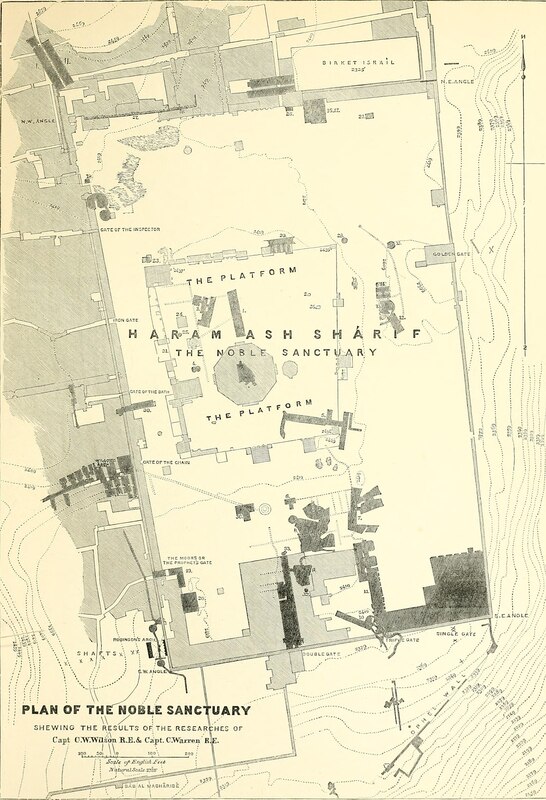
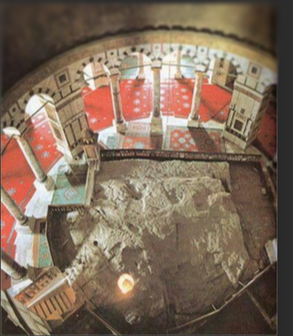
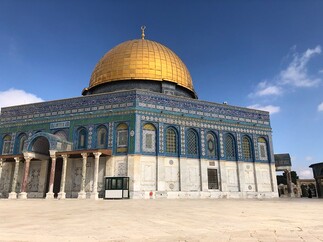
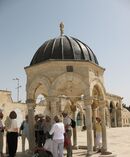
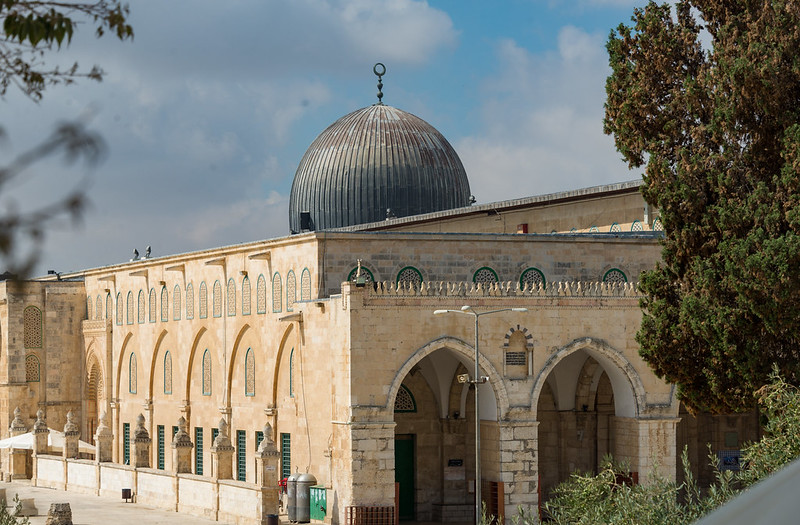
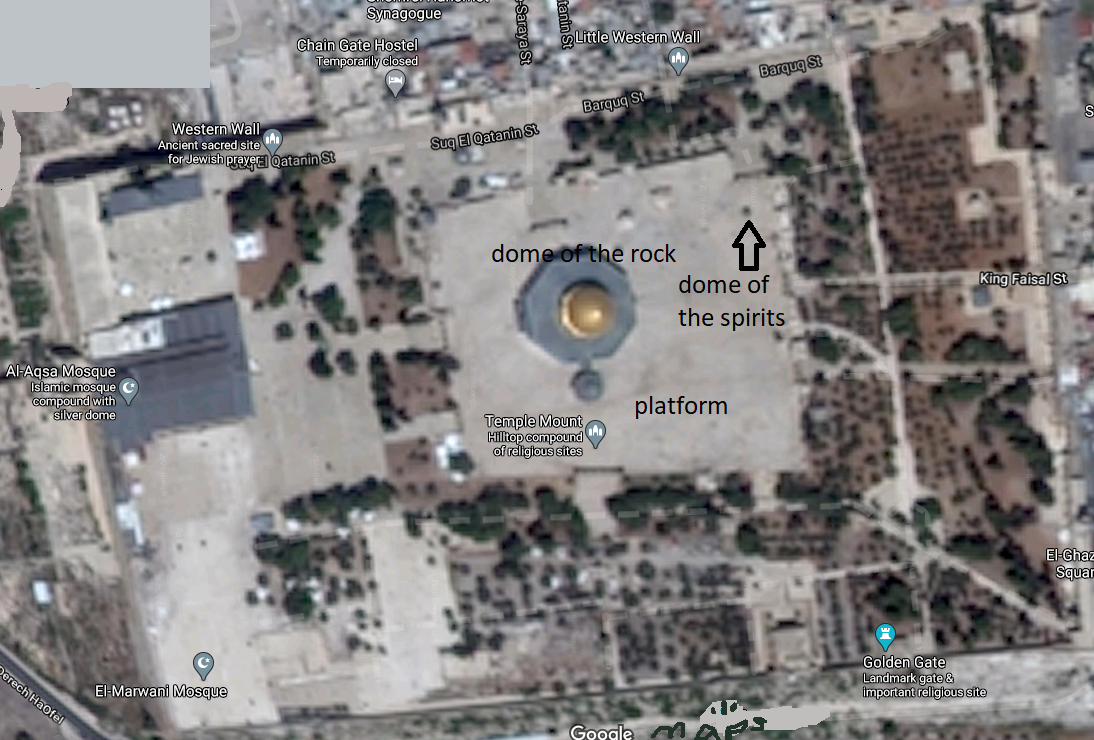
 RSS Feed
RSS Feed